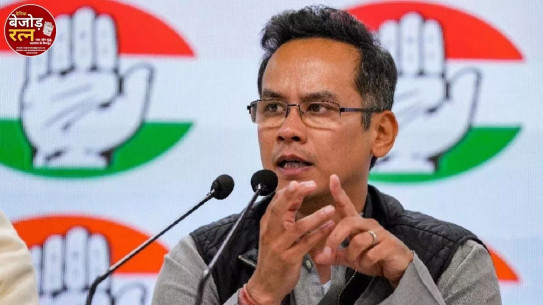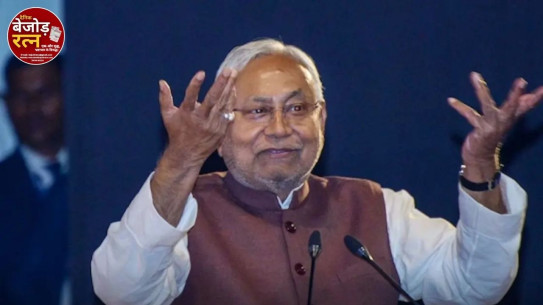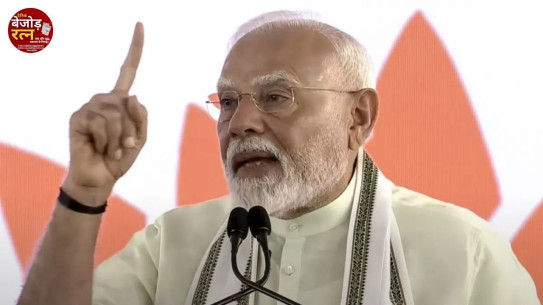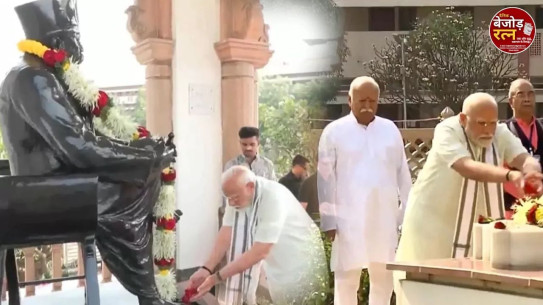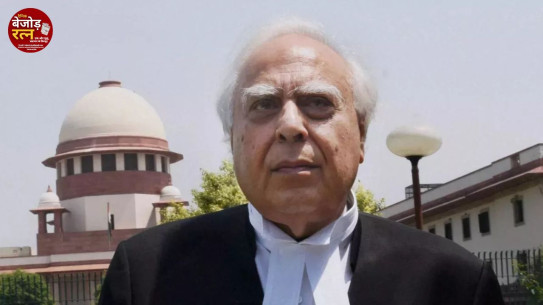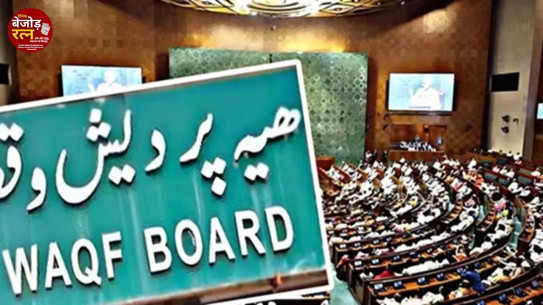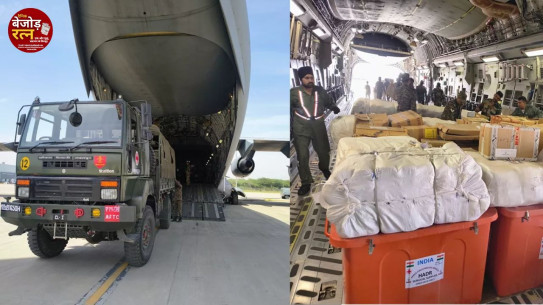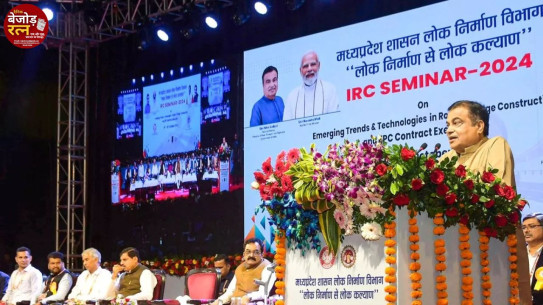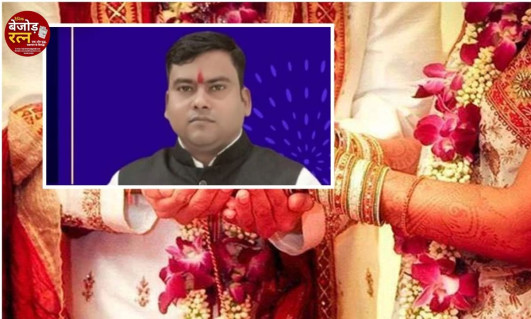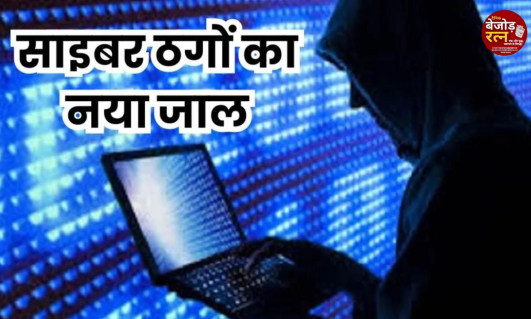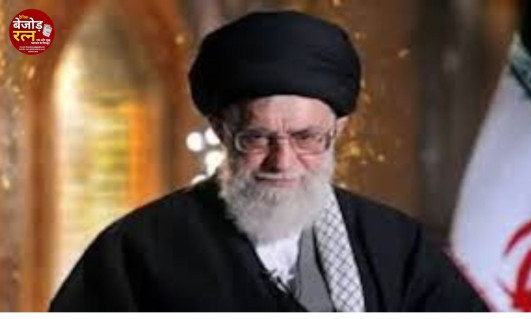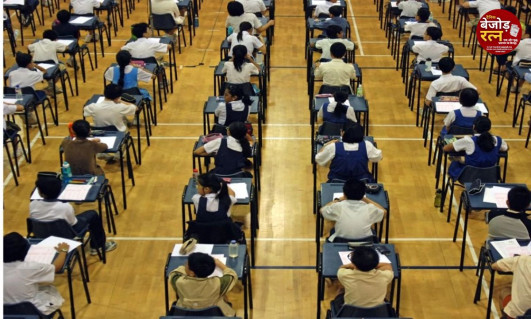- Remembering the IC-814 hijacking and the birth of Pak terrorist Masood Azhar
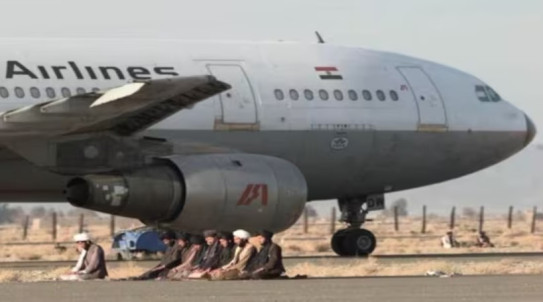
The 1999 hijacking of IC-814 has once again caught the attention of the people, which has been broadcast on the OTT platform.
The hijacking of Indian Airlines flight IC-814 from Kathmandu to Delhi on Christmas Eve of the new millennium has been the subject of many books and Bollywood films.
File photo of Indian Airlines IC-814 aircraft in Taliban-ruled Kandahar The 1999 hijacking has once again caught the attention of the people, which has been broadcast on the OTT platform.
This fictional drama series features two IPS officers who had nothing to do with counter-terrorism operations in Indian intelligence agencies at any point during their careers.
One of them worked in the Intelligence Bureau all his life and was the Joint Director of the Multi-Agency Centre during the 26/11 Mumbai massacre. The other's greatest achievement was the director of the Special Protection Group, whose job is to protect the Prime Minister of India.
However, this drama series has reopened the wounds of an era when, a decade before the abduction and dissolution of the Soviet Union in 1991, the West was still rejoicing at the defeat of the communist Soviet Union at the hands of the Afghan Mujahideen.
The so-called freedom fighters were labelled terrorists by the same West after the 9/11 attacks. This was the time when the Pakistan-sponsored terrorists in Jammu and Kashmir were celebrated by the Western media and their ilk as macho Pathans and the Anglo-Saxon world, except France which imposed blanket sanctions on India for testing nuclear weapons in Pokhran in May 1998. India was declared a proscribed state to protect itself from its northern and western neighbours.
The plot to hijack IC-814 was hatched by the Pakistani intelligence agency at Rawalpindi GHQ with the sole aim of forcing the Indian government to release Harkat-ul-Ansar general secretary Masood Azhar from Jammu jail after his fellow commander Sajjad Afghani (he was from occupied Kashmir and not an Afghan) was killed during an alleged jail break at Kot Balwal on July 15, 1999.
Fearing that Indian intelligence agencies would neutralise Azhar as well, the hijacking was planned by his brother Mohammed Ibrahim Athar Alvi and his associates using the ISI network in Kathmandu.
Indian intelligence agencies had no clue of the hijack plan
The fact that Indian intelligence agencies had no clue of the hijack plan was evident from the presence of a RAW operative on board the IC-814 aircraft. This operative retired from RAW in May 2022.
Such was India's global influence at that time that the Indian ambassador to the UAE was not even allowed to enter the Abu Dhabi base where the hijacked plane had landed. Since India had no ties with the ruling Taliban, the entire national security establishment was stuck in Kandahar where the hostage-terrorist exchange took place and Masood Azhar, another Harkat-ul-Ansar terrorist Umar Saeed Sheikh and a Kashmiri terrorist Mushtaq Zargar were released.
The initial demand of the Pakistani terrorists was Sajjad Afghani, 35 other terrorists and US$200 million.
After his release, Azhar went to meet the then supreme leader of the Taliban Mullah Omar as both had a connection through the Deobandi Binori Mosque in Karachi, Pakistan. When India, humiliated by the West, was immersed in Christmas-New Year celebrations, Azhar formed the Jaish-e-Mohammed group in Bahawalpur, Punjab, Pakistan and unleashed terror on India.
From the 2001 Jammu and Kashmir assembly attacks to the Parliament attacks and the 2019 Pulwama attack, Azhar and his younger brother Rauf Asghar Alvi have bled India by killing hundreds of innocents with the help of the Pakistani deep state. Even today, Azhar enjoys head-of-state-level security in a safe house in Pakistan, while Rauf Asghar fearlessly plays a bloody game in Jammu and Kashmir. Like the IC-814 hijacking, the 26/11 attacks also shook India's morale, but this time there was actionable intelligence beforehand. But both times, the leadership that could take tough decisions was missing.
(The author covered the IC-814 hijacking for Hindustan Times)
Comments About This News :
खबरें और भी हैं...!

- 2025-03-30 16:56:12
वीडियो
देश

